While Amazon’s ecommerce packaging news spiked in the second half of 2018 and commanded a lot of attention, sustainable packaging maintained steady and consistent interest among the packaging community throughout the entire year. In fact, one of the best-read articles of the year was our review of the top sustainable packaging articles from 2017.
But a lot happened this year, too! Sustainability wonders in 2018 included innovative packaging designs, helpful tips, emerging trends, new technologies, effective production improvements and stimulating thought-leadership commentary.
You voted throughout the year with your clicks so we could present this countdown of the top 10 sustainable-packaging-related articles of 2018, based on page views at PackagingDigest.com:
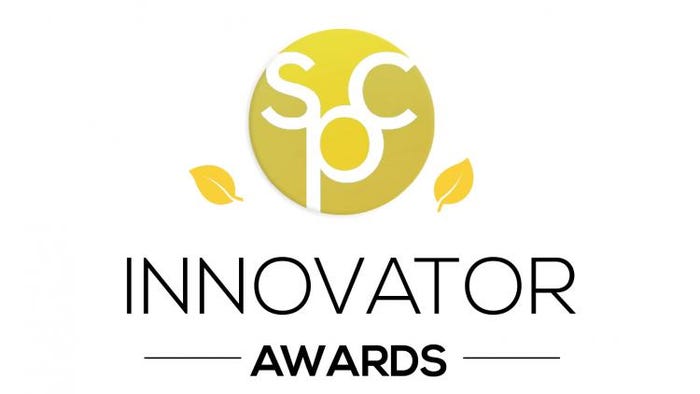
10. Sustainable packaging innovators earn kudos
The Sustainable Packaging Coalition honors innovation and leadership in sustainable packaging with its SPC Innovator Awards. Winners and honorable mention recipients for 2018 were:
In the Packaging Innovation category, Coca-Cola North America earned the Packaging Innovation category award for its 89-oz Simply Orange juice bottle, which vastly improves its recyclability and presents a technical “first” in plastics manufacturing. And Earth-To-Go received an honorable mention for “expanding” polylactic acid (PLA) by up to 40% as a compostable replacement to the typical polystyrene packaging used in foodservice applications.
In the Breakthrough Process category, Envision and ViTA won for creating the OceanBound Plastic Bottle, which fights marine debris by diverting plastic bound for entering waterways and recycles it.
In the Outcome of a Partnership category, winners PepsiCo, Natureworks, Danimer Scientific, Omya, Berry Plastics and Johnson-Bryce worked together to develop, test market and then commercialize new bio-based compounds for flexible packaging for several of PepsiCo’s businesses, including Frito-Lay. And an honorable mention went to American Packaging Corp. for its supply chain collaboration to develop a stand-up clear barrier pouch with rigid fitment that is entirely recyclable through store drop-off.
Two deserving people won the Outstanding Person award: Ashley C. Hall, senior manager of sustainability, Walmart, and Victor Bell, president, Environmental Packaging Intl. (EPI).
NEXT: Eco plusses of corrugated packaging

9. 5 environmental advantages of corrugated packaging
Even when you already know something, a friendly reminder is still helpful. In this succinct article, Barry Tabor, managing director of box-making machinery manufacturer British Converting Solutions North America LLC, points out key environmental benefits of fiber-based kraft boxes:
1. Corrugated packaging contains recycled content and is recyclable.
2. Corrugated packaging is renewable.
3. Corrugated packaging is reusable.
4. Corrugated packaging helps to save energy.
5. Corrugated cases offer efficient protection for your products.
So, if you’re thinking about using corrugated packaging, here’s how it might help your business support responsible sourcing while also considering the environment.
NEXT: Future factors affecting sustainable packaging
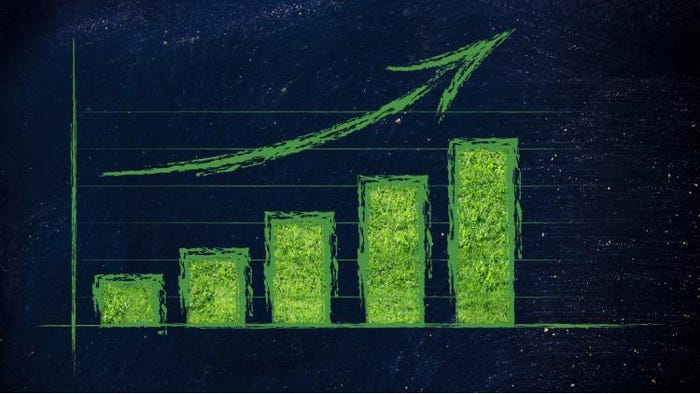
8. 5 factors affecting sustainable packaging moving forward
While working on its Green Packaging Market report, Transparency Market Research noticed these influencing factors:
1. Increasing environmental concerns and effective regulatory policies implemented by governments will significantly boost demand for eco-friendly packaging in coming years.
2. Technological advancements in the production of green packaging materials that reduce harmful gases will fuel the market.
3. On the other hand, higher production costs associated with environmentally friendly packaging materials will affect profit margins. This factor may have a negative impact and hinder innovation in the sustainable packaging market in next few years.
4. In addition, limited awareness among people regarding types of sustainable packaging has limited its growth. However, concrete steps taken by governments to increase awareness and educate people about the positive effects of green packaging should make a difference.
5. According to the regional analysis, the U.S. is leading in sustainable packaging, with numerous companies operating in industrial and manufacturing sectors. Moreover, countries in the Asia Pacific region are also considered as offering lucrative options for the green packaging market.
NEXT: An exclusive interview with Kao’s CEO

7. Japan’s Kao Group makes sustainability look raku raku (‘so easy’)
In an exclusive interview with Michitaka Sawada, president and CEO of Kao Corp., he talks about the company’s sustainability philosophy, efforts and results, including its development of refill packs as well as the new Smart Holder that holds the refills, eliminates the need for a conventional product container and reduces the amount of packaging used.
NEXT: Startup beauty brands’ sustainability expectations
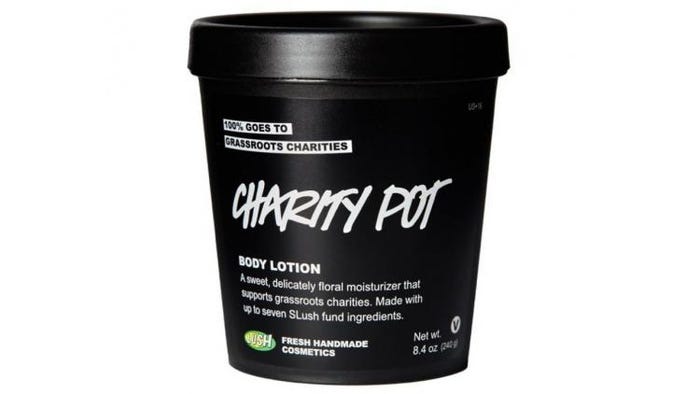
6. How packaging recyclability can shift sustainability expectations for startup beauty brands
One of the personal care and beauty category’s fastest growing influences on consumer purchasing behavior are claims for sustainability. TerraCycle founder/CEO Tom Szaky says, “With the right programs, startups, which often have deeply connected customer relationships, can play a special role in shifting expectations that could create a groundswell for change.”
What kind of sustainability programs? “By focusing on the recyclability [like the Lush pot above] and circularity of packaging, personal care startups can command a premium in the clean beauty market through cultivation of brand identity,” Szaky contends.
NEXT: Conagra’s awards
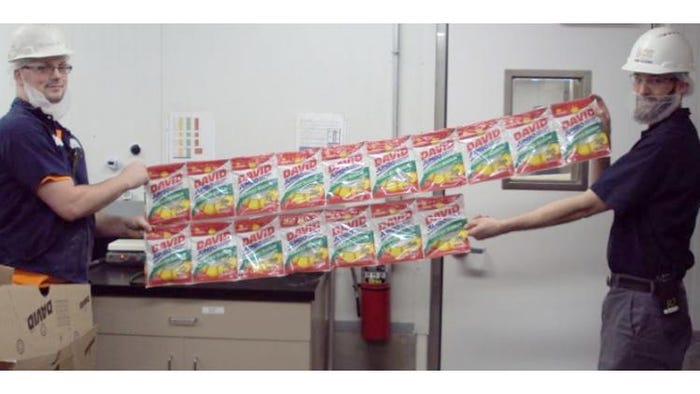
5. How Conagra rewards packaging line workers for cutting waste
Also in our year-end list of top packaging production articles, here’s another “awards” recognition article to celebrate sustainable ideas on the packaging line.
Conagra’s vp of sustainable development Gail Tavill shares details of three packaging-related winners of the company’s 2018 Sustainable Development Awards:
1. The Slim Jim operation in Troy, OH, eliminated more than 500 tons of film waste annually by modifying the cutting assembly on the stick pack machine, which also allowed for quicker and less expensive repairs and reduce unplanned stops.
2. The David Seeds operation in Waterloo, Iowa, saved 225,000 bags of seeds a year by purging seven bags instead of the previous 10 during start up before reaching the correct residual oxygen level during nitrogen flushing.
3. The operation in Milton, Pa., achieved a 2% yield improvement (projected at $350,000) while reducing 1,150 tons of wasted sauce per year by adjusting the filler.
NEXT: P&G’s recycled No.5 with “near virgin” quality
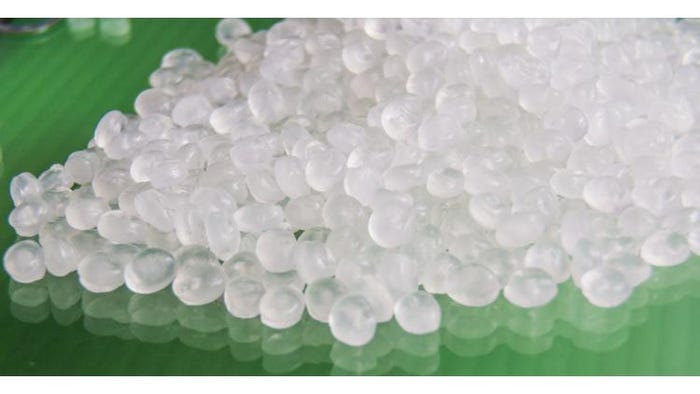
4. P&G’s PureCycle cleans recycled PP to ‘near virgin’ quality
John Layman, Procter & Gamble’s R&D technology manager and founding inventor behind the PureCycle technology, explains the process of purifying recycled polypropylene, now licensed to PureCycle Technologies. The hope is to increase the amount of PP being recycled and reused in new packaging. In the past, the quality of rPP has been a deterrent because of too many contaminants.
Why does recycled PP need to be so clean, though? “Brand owners want to offer superior products and packaging is an important part of the consumer experience,” Layman replies.
The technology might be transferrable to other materials. But in the meantime, Layman says, “P&G has a long-term environmental vision to use 100% renewable or recycled materials for all products and packaging. The rPP from PureCycle will help P&G make progress against this vision.”
NEXT: How can packaging help the sustainability of foods?

3. 4 sustainable truths impacting food packaging today
In 2018, food manufacturers focused on packaging technologies and trends that help reduce product and packaging waste, and that ensure safety while enhancing the brand message.
Jörg Sabo (above), marketing director for Europe’s leading plastic packaging manufacturer Greiner Packaging, walks us through four logical steps where sustainability is making a significant impact in food packaging:
1. The reduction of food waste is a priority.
2. Food safety must be taken seriously.
3. Sustainability will become part of the brand message.
4. Sustainability is an investment worth making in 2018.
NEXT: L’Oréal’s water-resistant(!) paper bottle
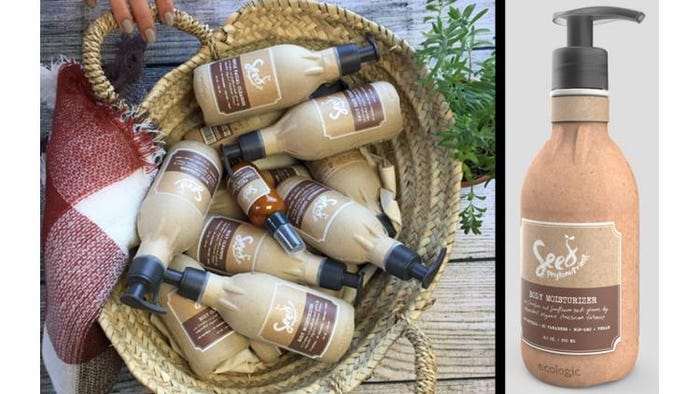
2. L’Oréal’s paper bottle: Easy on the earth but tough in showers
Most paper packaging falls apart when it gets wet. So when I saw the news about a paper bottle that didn’t, it caught my attention. Yours, too!, since this article made it to the No.2 spot on our list of top sustainable-packaging-related articles of the year.
The recycled, recyclable, compostable, paper-based pump bottle for personal-care products—designed for use in the shower—is the next-generation version of the original pouch-in-a-paper-shell concept from Ecologic Brands that was used by Seventh Generation detergent, circa 2011.
Upgrades to the package include:
• The external shell is still 100% paper-based and is recyclable and compostable. But the two halves of the shell are no longer glued together. Instead, a system of interlocking tabs binds the two halves mechanically, producing a stronger outer structure. And the shell is made using corrugated board recycled from a L’Oréal USA distribution center.
• The pressure-sensitive labels are paper “so they can be composted and recycled directly with the bottle,” says Jennifer Woodworth, assistant vp of operations at Seed Phytonutrients.
• And, rather than incorporating a film pouch like the earlier version, Seed Phytonutrients’ package uses a lightweight, thin-walled, blow-molded liner. This rigid monopolymer liner is made using 80% post-consumer recycled high-density polyethylene (HDPE) and is recyclable.
Oh, and that water resistance? It’s achieved by mixing proprietary minerals with the paper fibers and by using heat and pressure to bind the fibers during production of the shells.
NEXT: Yep. No.1 is Amazon’s bold move in ecomm packaging

1. Amazon incentivizes brands to create Frustration-Free Packaging
Ecommerce has been criticized for its packaging wastefulness. Amazon is doing something bold to change that negative image. Its new Frustration-Free Packaging Vendor Incentive Program asks product manufacturers (Amazon’s vendors) to create packaging optimized for the ecomm channel and certified as Frustration-Free Packaging.
On Oct. 31, Amazon expanded the Vendor Incentive Program to five European countries. This will keep everyone involved busy for a while, but I wouldn’t be surprised if we saw more movement from this leading online seller.
Brent Nelson, Amazon’s senior manager, packaging – sustainability, answered about two dozen questions about the new Frustration-Free Packaging Vendor Incentive Program in a free Packaging Digest webinar, which you can view on-demand by clicking here.
We’d love to hear what you think about the program. Take our short survey now, which most people complete in about three minutes. Access the survey here.
I wonder if this 2018 end-of-year list of top sustainable-packaging-related articles will enjoy as much high readership as our 2017 review. That one showed up in our monthly and yearly top lists a dozen times!
********************************************************************************
In addition to leading suppliers showing the latest solutions in labeling, automation, food packaging, package design and more—WestPack 2019 (Feb. 5-7; Anaheim, CA) gives you access to the industry's leading educational offerings with the 3D Printing and Smart Manufacturing Innovations Summits, the MD&M Medtech Conference and free industry education at the Expo. Register to attend today!
About the Author(s)
You May Also Like




